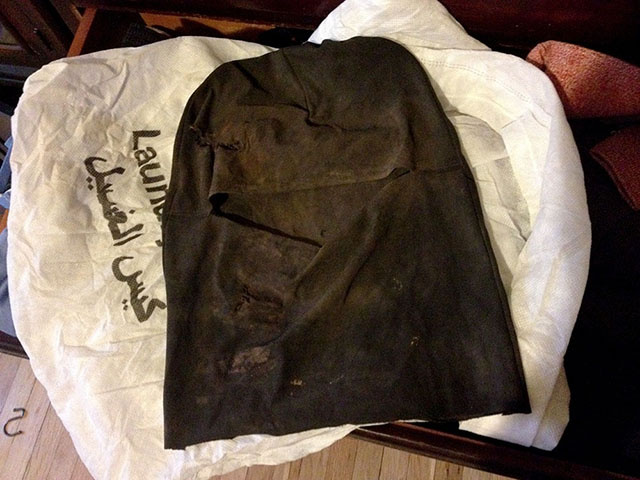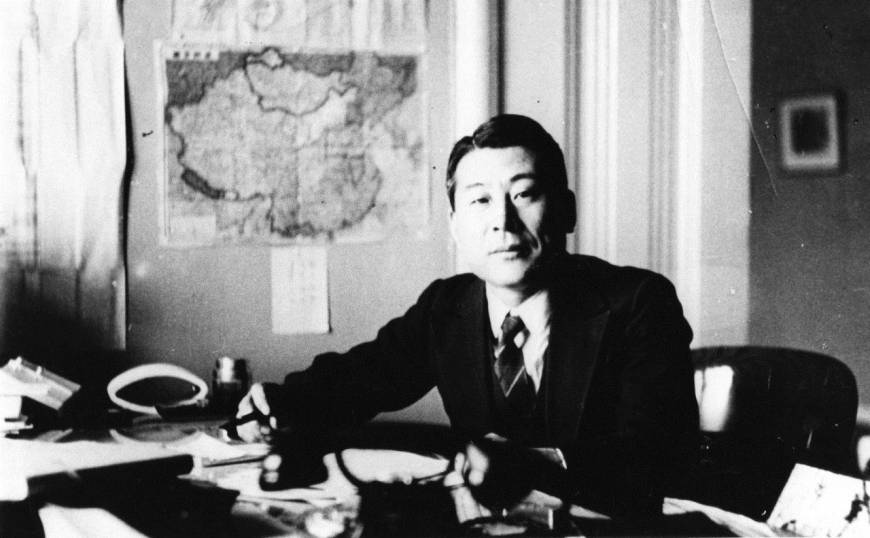
Thomas Morton is a journalist and editor for Vice.com. He frequently covers the outskirts of society, including the trap houses of Atlanta, heroin addicts in Prague, militant church cults in New Mexico, and African celebrations in Senegal. But in early 2014, Morton went on his most dangerous journey yet: investigating a war zone in the Middle East
He traveled to Kurdistan, a non-recognized country for the Kurdish population in Syria established during the Syrian Civil War. Their military currently fights just about everyone who is anyone in the region. Syrian President Assad’s army, al-Qaeda factions, al-Nusra factions, and good old ISIS (everyone’s favorite adversary) are all on their list of enemies. Kurdistan’s mission is to establish and protect the Kurdish way of life, a much more liberal practicing of Islamic principles that allows for expanded liberties in women’s rights and a much more democratic leaning government. In fact, the US considers them allies in their wars in the Middle East, speaking much to their pro-Western ideals.
In this case, Morton was involved in an active combat zone for over an hour while he and his film crew were filming a bombed-out village. He was shaken and scared out of his mind during the ordeal. Keep in mind that this was only on hour out of on day. It’s incomparable to the multitude of years that millions of fighters in the Middle East undergo in an active and dangerous war zone. In his own words, Morton states: “After we’d finally beaten a path back to town, it took me about five hours to get my wits back together. That’s definitely an easy recovery in the scheme of things, but remember, I was only there for an hour and change. Is that five hours a flat rate? Or does a one-year tour of duty equal a five-year bout of nerves? I kept thinking about how chilled out everyone was at the front and how much mental yoga it must have taken to get there from sheer, immediate terror.”
The rest of his duty was rather uneventful, but the things Morton carried back with him to the states would be unforgettable. Pictured above is the ski mask of an al-Nusra militant fighter. Morton picked it up from its owner, who was shot in the head. The bullet hole is still visible, right above the eye slit. He brought it back to his home as a memento of sorts, to commemorate his experiences with the Kurdish troops he was embedded with.
What is the fascination with items belonging to the worst of humanity? We see the same thing occurring in virtually every war or conflict that has ever happened. From old semi-mythological stories of Greek heroes taking the weapons of their fallen foes to World War II veterans taking trinkets and articles of clothing off of dead Nazis, the act of taking an often bloodied and violent object from the remains of soldiers has a storied history. One of the more gruesome examples of this features a 16th Century war in which Japanese soldiers lopped off the noses of their Korean captives and kept them as souvenirs. Even more recent examples of this are American soldiers returning from the Vietnam War with the decorated skulls of Vietcong militants.
Can this be classified as art? I believe so. The physical object represents something far bigger than its original intent. For some, it can even embody evil in its purest form. Tom Morton describes his unique trophy as an “evilnir”, or evil souvenir. He says, “not only was a categorically evil person wearing it when he bit the big one—he was using it to commit an evil act at the time of death, and the gray matter that spilled all over its front and back may actually have contained evil thoughts. I fucking dare you to out-evil that”. That skull cap is not just something a terrorist wore at the time of his death, it has become a symbol of him and the evil he represents. Morton keeps his souvenir in his private home and only shows it to interested friends and family.
There is a reason there are so few of these “evilnirs” made open to the public. In fact, many Nazi items (a terror group almost unequivocally viewed as the most evil and destructive regime in history) that are deemed collectible are banned from prominent online auction houses. These “evilnirs” can incite an obsession among fanatics and collectors alike. They are sought after in order to create shrines and to commemorate acts of pure evil. This contributes to the growing sentiment that such artifacts should be destroyed. Like it or not, they are out there and continue to exist.
sources: https://www.vice.com/read/the-most-evil-thing-i-own, https://www.vice.com/read/i-fraught-in-a-war





